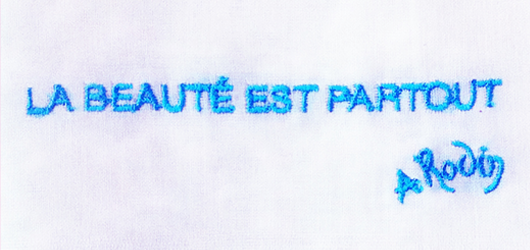
Raymond Loewy was known for being one of the best industrial designers of the 20th century. After a brief period working in fashion styling and illustration, Loewy transitioned to the barely conceived field of industrial design where he quickly established himself as a natural expert on design, sociology, and strategy.
In the book, Industrial Design, Loewy said that “Success finally came when we were able to convince some creative men that good appearance was a salable commodity, that it often cut costs, enhanced a product’s prestige, raised corporate profits, benefited the customer and increased employment.”
Ugliness Does Not Sell was the title of a book published by Loewly, a man who was touted as being the Father of Industrial Design. Could a man who designed products and experiences put form before function?
Design is not only an experience – it has a social function. Great design should be about improving people’s lives. Current markets are becoming saturated and corporations are looking for emerging markets to reach. These emerging markets are known as “the next billion customers”. Also referred to as the “bottom of the pyramid”, they have been ignored as viable markets for so many years. However, as many of these regions experience growing economies and rising disposable incomes – they represent a market not to be forgotten.
In a sense, we are moving away from the idea of Brookes Steven’s notion ofplanned obsolescence which he defined as “instilling in the buyer the desire to own something a little newer, a little better, and a little sooner than is necessary.” Instead, we need to embrace the challenge of designing for the next billion customers and realize that perhaps we need to re-evaluate our perception of what really makes a design great.
At a recent TED Conference, while speaking on the topic of “Why Design”, Philippe Starck said “I try not make the object for the object but for the result, for the profit for the human being, the person who will use it”.
There is a huge market that lusts over beautiful design – that can afford planned obsolescence – that would never buy anything ugly – but what about the billions of people in the world who are at the bottom of the pyramid?
Indeed, there is a huge market that lusts over beautiful design – that will fall for, and can afford, planned obsolescence – that would never buy anything ugly – but what about the billions of people in the world who are at the bottom of the pyramid?